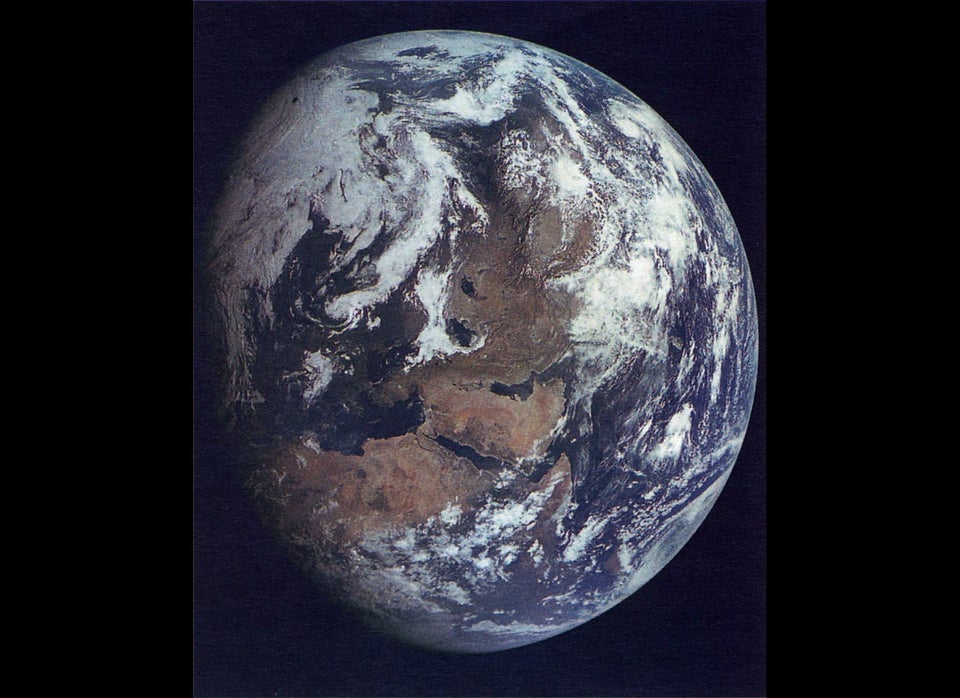Think the Grand Canyon is big? British scientists working in West Antarctica have discovered a subglacial trench that's deeper than Arizona's famed canyon. Whoa.
The scientists found the colossal trough while charting the Ellsworth Subglacial Highlands, an ancient subglacial mountain range in the area, and detailed the discovery in a paper published in the January issue of the Geological Society of America Bulletin.
“The discovery of this huge trough, and the characterization of the surrounding mountainous landscape, was incredibly serendipitous," the paper's lead author, Dr. Neil Ross, a physical geography lecturer at Newcastle University in the U.K., said in a written statement. "To me, this just goes to demonstrate how little we still know about the surface of our own planet. The discovery and exploration of hidden, previously unknown landscapes is still possible and incredibly exciting, even now."
Dubbed Ellsworth Trough, the trench was created tens of million years ago by a small, "dynamic" ice field that slowly carved out the dramatic formations now hidden beneath a layer of ice more than a mile thick.
With the help of ice-penetrating radar, the scientists found the trough to be more than 186 miles long, up to 15 miles across and, in some places, 1.8 miles deep, according to a written statement released by Bristol University. The Grand Canyon has an average depth of about 1 mile and maximum width of 17.9 miles.
The Ellsworth Trough is so large, it can be seen from space -- yes, even beneath all of that ice. As Gizmodo reported, NASA helped researchers map the trough by sharing satellite imagery that provided a big-picture view of the subglacial canyon.
“By looking at the topography beneath the ice sheet using a combination of ice-penetrating radio-echo sounding and satellite imagery, we have revealed a region which possesses classic glacial geomorphic landforms, such as u-shaped valleys and cirques, that could only have been formed by a small ice cap, similar to those seen at present in the Canadian and Russian High Arctic," Dr. Martin Siegert, a member of the research team and professor of geosciences at the University of Bristol in the U.K., said in the written statement. "The region uncovered is, therefore, the site of ice sheet genesis in West Antarctica.”
